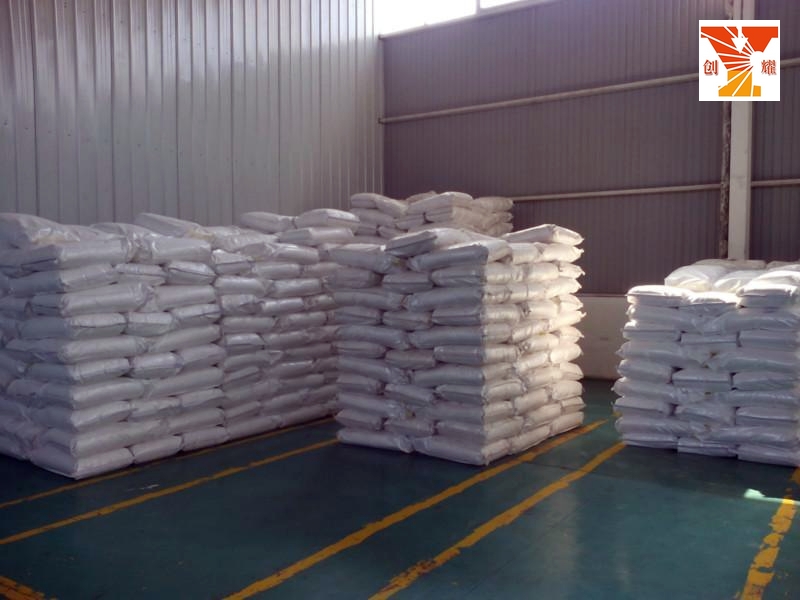Application of HEC in emulsion paint
1. Add directly when grinding pigment: this method is the simplest and the time is short.
The detailed steps are as follows:
(1) Add appropriate purified water into the barrel of high strain cutting agitator (generally, wetting agent and film forming agent are added at this time)
(2) Start stirring at low speed and slowly add HEC
(3) Continue stirring until all particles are wet
(4) Add mildew inhibitor, pH regulator, etc
(5) Stir until all HEC are completely dissolved (the viscosity of the solution increases significantly) before adding other components in the formula, and grinding until the paint is finished.

2. Prepare the mother liquor for use: this method is to prepare the mother liquor with high concentration first, and then add it into the emulsion paint. The advantage of this method is that it has greater flexibility, and can be directly added into the finished paint, but it must be properly stored.
The steps and methods are similar to those in (1) - (4) of method 1, except that there is no need for high shear stirrer, and only some stirrer with enough power to keep the hydroxyethyl fiber uniformly dispersed in the solution can be used. Continue stirring until completely dissolved into a viscous solution. It should be noted that the fungicide must be added to the mother liquor as soon as possible.
3. Congee phenology: since organic solvents are bad solvents for HEC, they can be used to prepare porridge. Ice water is also a bad solvent, so it is often used with organic liquids to prepare congee. Congee like hydroxyethyl cellulose can be directly added to the paint. In porridge, hydroxyethyl cellulose has been fully inflated. When the paint is added, it immediately dissolves and thickens. After adding, it is still necessary to stir until the hydroxyethyl cellulose is completely dissolved and even. Generally, porridge is made by mixing six parts of organic solvent or ice water with one part of hydroxyethyl cellulose. After about 5-30 minutes, the hydroxyethyl cellulose will be hydrolyzed and obviously swell. In summer, the humidity of water is too high, so it is not suitable for congee.
Precautions when preparing hydroxyethyl cellulose mother liquor. Since hydroxyethyl cellulose is a kind of treated powder and particle, it is easy to operate and dissolve in water as long as the following matters are paid attention to.
(1) Before and after the addition of HEC, stirring must be continued until the solution is completely transparent and clear. (2) The HEC must be screened into the mixing drum slowly, and it is not allowed to add a large amount of HEC into the mixing drum directly.
(3) Water temperature and pH value of water have obvious relationship with the dissolution of hydroxyethyl cellulose, which should be paid special attention to.
(4) Do not add alkaline substances to the mixture before the HEC powder is soaked with water. Increasing the pH value after wetting is helpful for dissolution.
(5) As far as possible, the fungicide should be added as early as possible.
(6) When using high viscosity hydroxyethyl cellulose, the concentration of mother liquor should not be higher than 2.5-3% (by weight), otherwise the mother liquor is difficult to operate.
Factors affecting the viscosity of emulsion paint
(1) The more air bubbles remained in the paint, the higher the viscosity.
(2) Whether the amount of surfactant and water in the paint formulation is appropriate.
(3) In the synthesis of latex, the amount of residual catalyst and other oxides.
(4) The amount of other natural thickeners and the ratio of them to hydroxyethyl cellulose in the paint formulation were studied.
(5) In the process of paint making, whether the sequence of adding thickener is appropriate.
(6) Due to excessive stirring, the humidity is overheated during dispersion.
(7) Microbial erosion of thickener.

{aspcms:comment}





